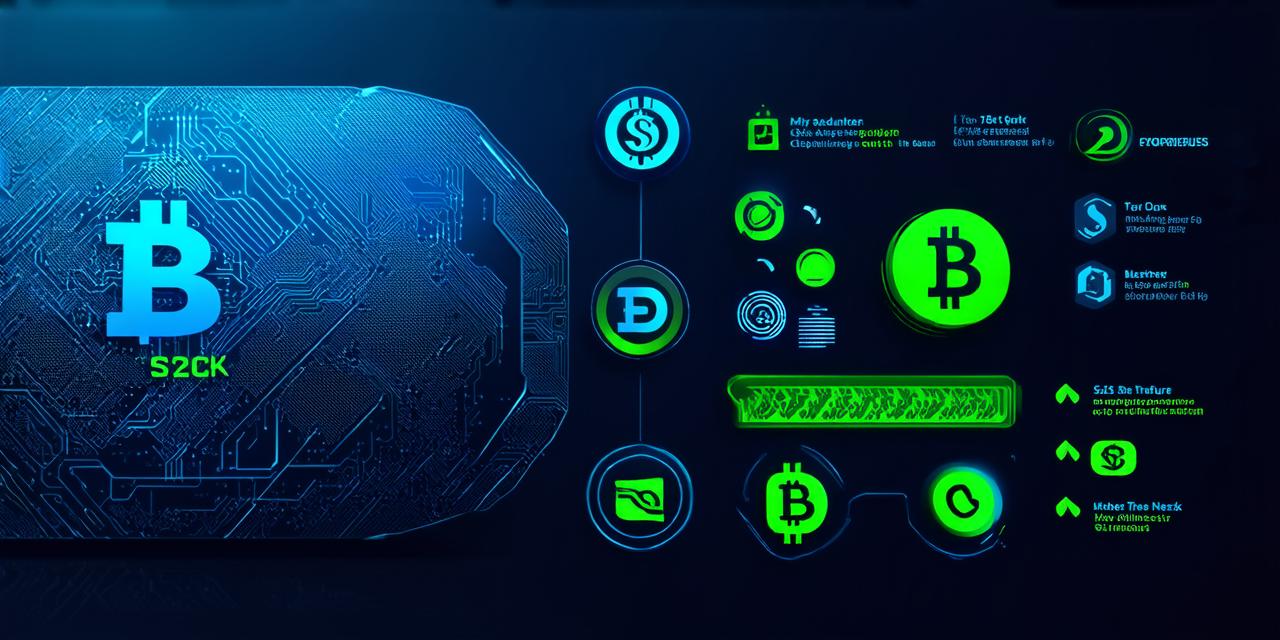If you’re new to the world of cryptocurrencies, you might be surprised by the variety of terms and concepts that exist. One such term is “stake,” which refers to the amount of cryptocurrency a user holds in order to participate in certain protocols or activities within the network.
What is “stake” in cryptocurrency?
At its most basic level, stake refers to the amount of cryptocurrency that a user holds in order to participate in certain network activities. For example, some cryptocurrencies require users to hold a certain minimum amount of coins in order to become a “validator” or “miner” within the network.
In this role, validators and miners are responsible for processing transactions and adding new blocks to the blockchain.
Other cryptocurrencies may use stake as a way of determining who gets to participate in governance decisions within the network. For example, a user who holds a certain percentage of the total supply of a particular cryptocurrency might be given a proportional say in how the network is run.
Why is “stake” important for crypto developers?
There are several reasons why stake is an important concept for crypto developers. First and foremost, it helps to ensure that the network is secure and reliable by encouraging users to hold a certain amount of coins in order to participate in key activities such as validation and mining.
This helps to distribute the workload across a wider range of participants, which can make the network more resilient to attacks and failures.
In addition, stake can also help to promote a sense of ownership and engagement within the network. By giving users who hold a certain percentage of the total supply a say in how the network is run, it can create a sense of shared responsibility and investment in the success of the network.
This can lead to greater adoption and usage of the cryptocurrency, which can in turn help to drive its value higher.

Real-life examples of “stake” in action
There are many different ways that stake is being used within the world of cryptocurrencies. Here are a few examples:
-
In the case of Bitcoin, users who hold a certain minimum amount of coins (known as “mining shares”) can participate in the mining process and earn new coins as rewards. However, miners who hold more mining shares will generally be able to mine more coins faster, which can give them an advantage in terms of earning rewards.
-
In the case of Ethereum, users who hold a certain percentage of the total supply (known as “Ether”) can participate in governance decisions within the network. For example, they can propose new features or changes to the protocol, and other users can vote on whether or not those proposals should be implemented.
-
In the case of Dfinity, stake is used to determine who gets to participate in the validation process. Users who hold a certain percentage of the total supply (known as “dfinity”) are given a proportional say in how the network is run and can help to ensure that the network remains secure and reliable.
FAQs about “stake” in cryptocurrency
What happens if a user doesn’t hold enough stake to participate in a particular activity within a cryptocurrency network?
In some cases, users who don’t hold enough stake may not be able to participate in certain activities such as validation or mining. In other cases, they may have limited influence over governance decisions.
How is “stake” different from other concepts in the world of cryptocurrencies?
Stake is similar to other concepts such as “mining shares” and “governance tokens,” but it’s often used more broadly to refer to any mechanism by which a user’s stake in the network determines their ability to participate in certain activities or make decisions.
